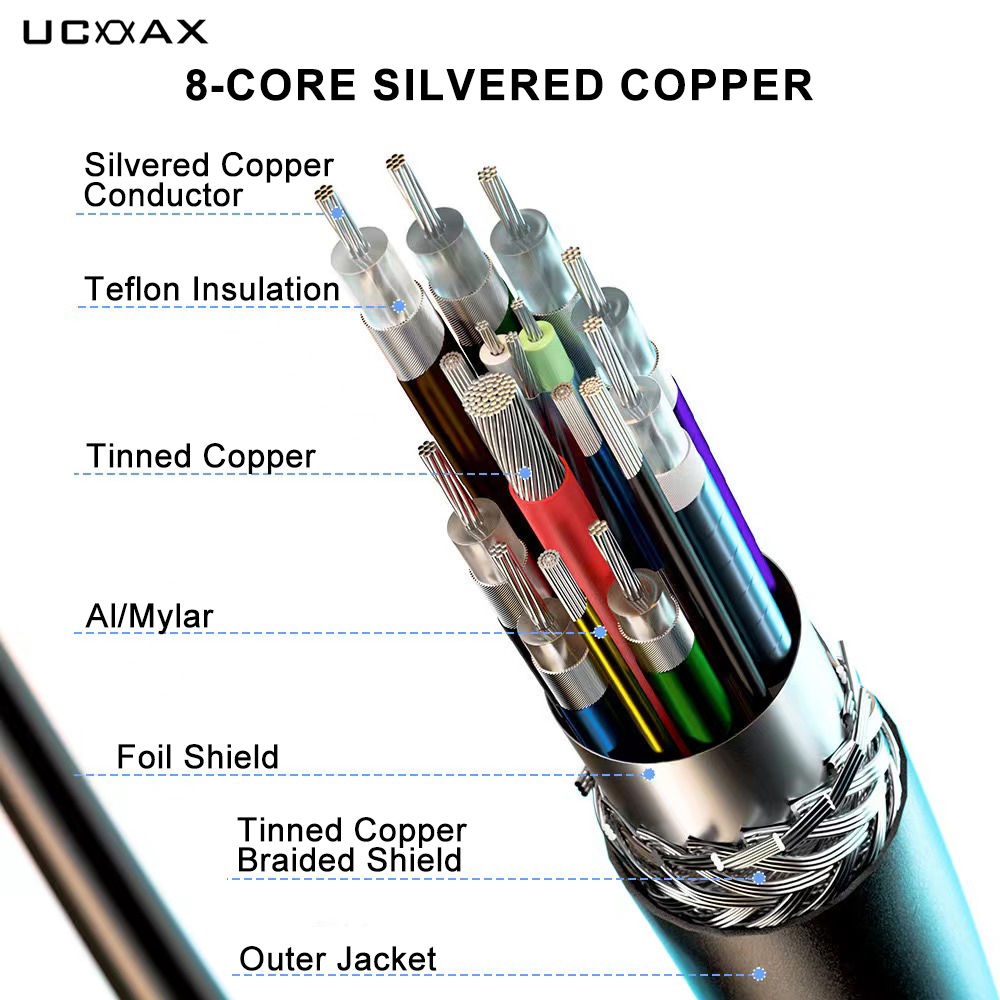
Privacy statement: Your privacy is very important to Us. Our company promises not to disclose your personal information to any external company with out your explicit permission.
Method of distinguishing wires
1 Wire: It is composed of one or more soft wires, and the outer bread is made of a light and soft sheath, which is used for the conductive metal wire that carries the current. There are solid twisted or foil braided and other forms. Divided into two categories according to the insulation status of bare wires and insulated wires.
Cable distinction method
cable: the one or more insulated conductive wire core disposed mutually insulated conductors constituting the sealing sheath. Outside it can be added to protect the overlay for the distribution of electrical energy or the transmission of electrical signals. The difference between it and ordinary wires is mainly that the larger size of the cable is more complicated.
UCOAX Micro Coaxial Cable Structure as following picture shown:


March 24, 2024
January 04, 2024
December 20, 2022
November 23, 2022
Письмо этому поставщику
March 24, 2024
January 04, 2024
December 20, 2022
November 23, 2022

Privacy statement: Your privacy is very important to Us. Our company promises not to disclose your personal information to any external company with out your explicit permission.

Fill in more information so that we can get in touch with you faster
Privacy statement: Your privacy is very important to Us. Our company promises not to disclose your personal information to any external company with out your explicit permission.